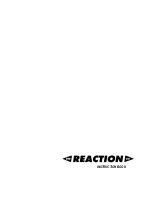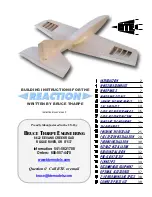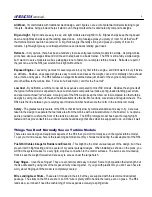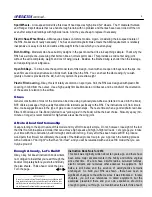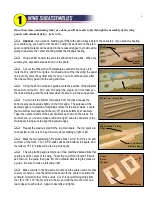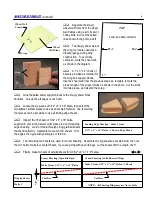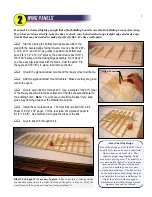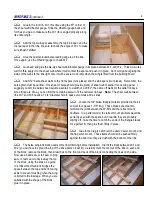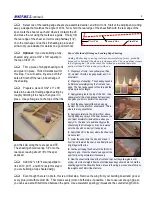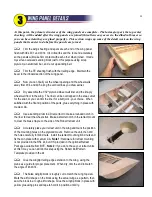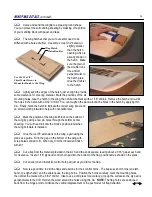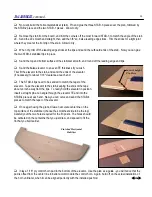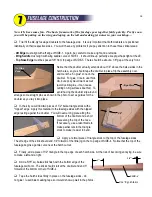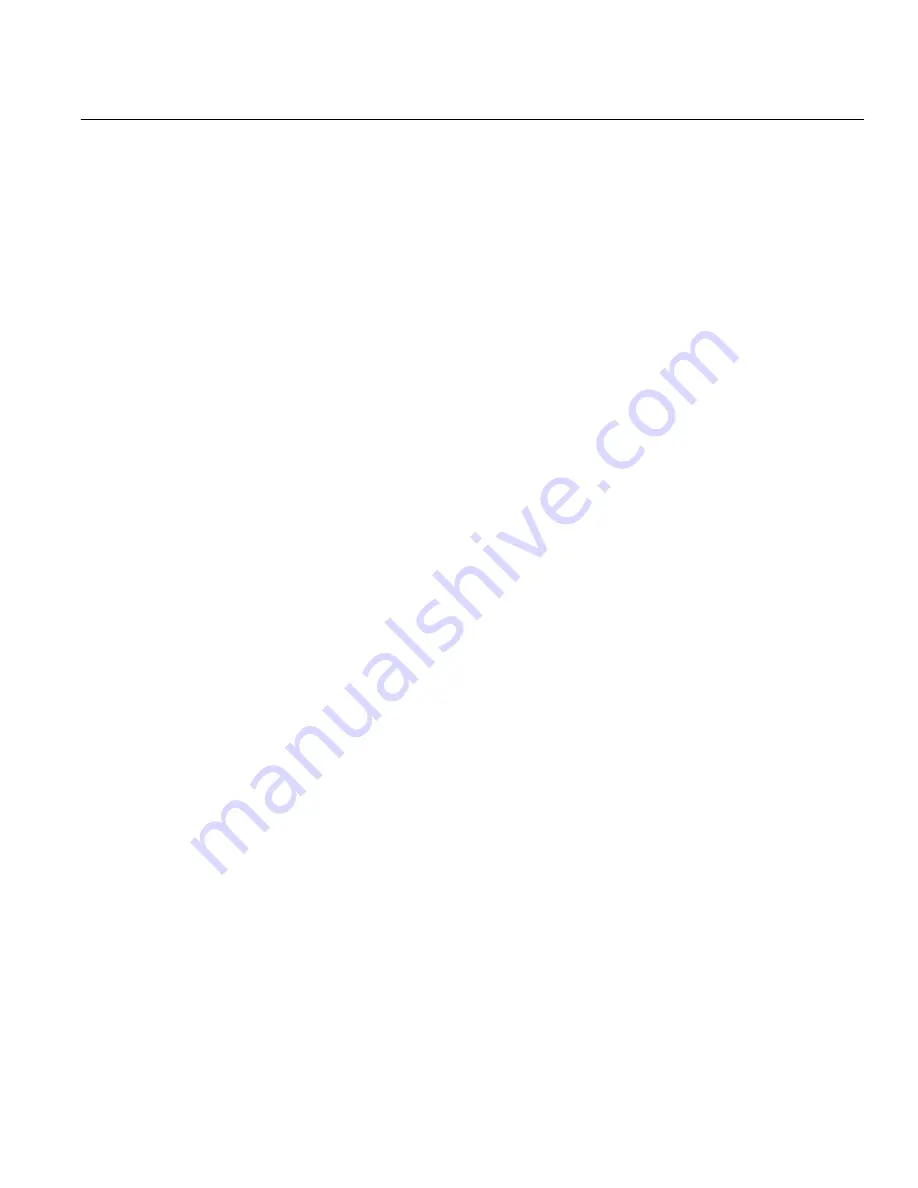
All Wood
- I'm comfortable with traditional wood design, and I figure so are a lot of potential modelers looking to get
into jets. Besides, being all-wood helps it stand out in the jet market that is dominated by composite designs.
Big and Light
- Big models are easy to see, and light models are delightful to fly. Bigness helps keep the top speed
down, and lightness helps keep the landing speed down. A big fuselage gives you plenty of room for all that "stuff"
that turbine models need to haul around. A big, thick wing is inherently strong and gives you plenty of room for
retracts. Light weight gives you vertical performance and reduces landing gear loads.
Retracts
- In my opinion, there has been a tendency to make entry-level turbine models too simple. Aspiring turbine
pilots have above-average skills and don't need to step back to a basic trainer. The R54 is still a fairly simple design,
but I want it to serve modelers well as a stepping stone to faster, more-complex turbine models. Retracts are part of
the jet scene, and the R54 just wouldn't look right without them.
Exposed Engine
- I saved my pennies for several years to buy my first turbine engine, and didn't want to bury it inside
an airframe. Besides, an exposed engine is easy to work on and saves the weight, cost, and complexity of an exhaust
tube, inlets, and bypass. The R54 features an elegant streamlined area just ahead of the engine to help maintain
smooth airflow to the turbine inlet. For lack of a better term, I call this the "boat tail".
Low Cost
- By definition, a turbine model will be expensive compared to most R/C models. Besides the engine itself,
the typical turbine model is expected to have custom-made composite fuel tanks, spring-loaded landing gear struts,
and special machined "jet" wheels. A major goal of the R54 was to keep the total cost low compared to other turbine
designs by using low-cost, off-the-shelf hardware items like the Du-Bro fuel tank, wire struts, and regular wheels. The
R54 blurs the line between your everyday sport model and what has become the norm in the turbine community.
Safety
- The greatest safety feature of the R54 is that it's fairly slow by turbine standards and easy to fly. Care was
taken in the design to separate the fuel tank area from the turbine with a robust structure in the boat tail. A neoprene
pad is provided to cushion the front of the tank in an impact. The BTE prototype model has been thoroughly flight
tested and has proven itself to be a robust, well-behaved design that does what it is supposed to do, and does it well.
Things You Don't Normally See on Turbine Models
There are some design and equipment aspects of the R54 that you don't normally see on the typical turbine model.
To put your mind at ease, here is the reasoning behind some of my choices made during the development of the R54.
Push/Pull Cable Linkage for Rudder and Elevator
- This might be the most unusual aspect of the design, but it has
proven itself in flight testing and on several of my earlier pulsejet designs. When installed as shown on the plans, you
will find the system makes for a very rigid, slop-free connection to the control surfaces. The servos are mounted up
front to keep the weight forward and are easy to access under the large hatch.
Easy Hinges
- I love these hinges! They are economical and easy to install. Some might question their strength, but
that is addressed by using lots of them spaced fairly close together. If you go with plastic film, you don't even have to
worry about hinging until the model is completely covered.
Wire Landing Gear Struts
- These aren't included in the kit, but they are supplied with the recommended retract
package. The struts on the R54 are short, so 3/16" wire is plenty stiff to handle the loads, even on grass. The R54
lands slow, so it doesn't need the cushioning of more expensive oleo-style spring struts.
INTRODUCTION,
continued...
3
Summary of Contents for Reaction 54
Page 1: ...INSTRUCTION BOOK...

